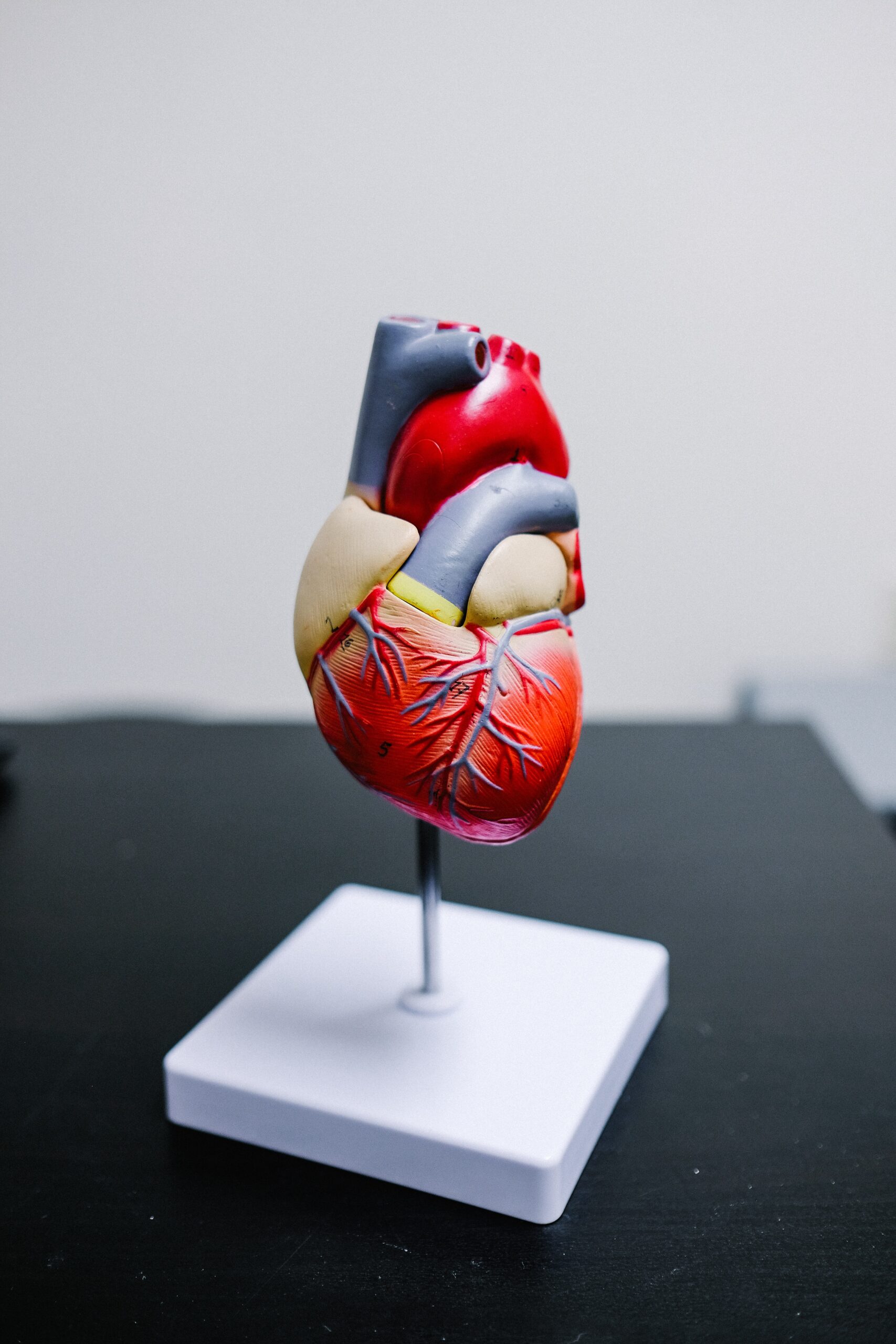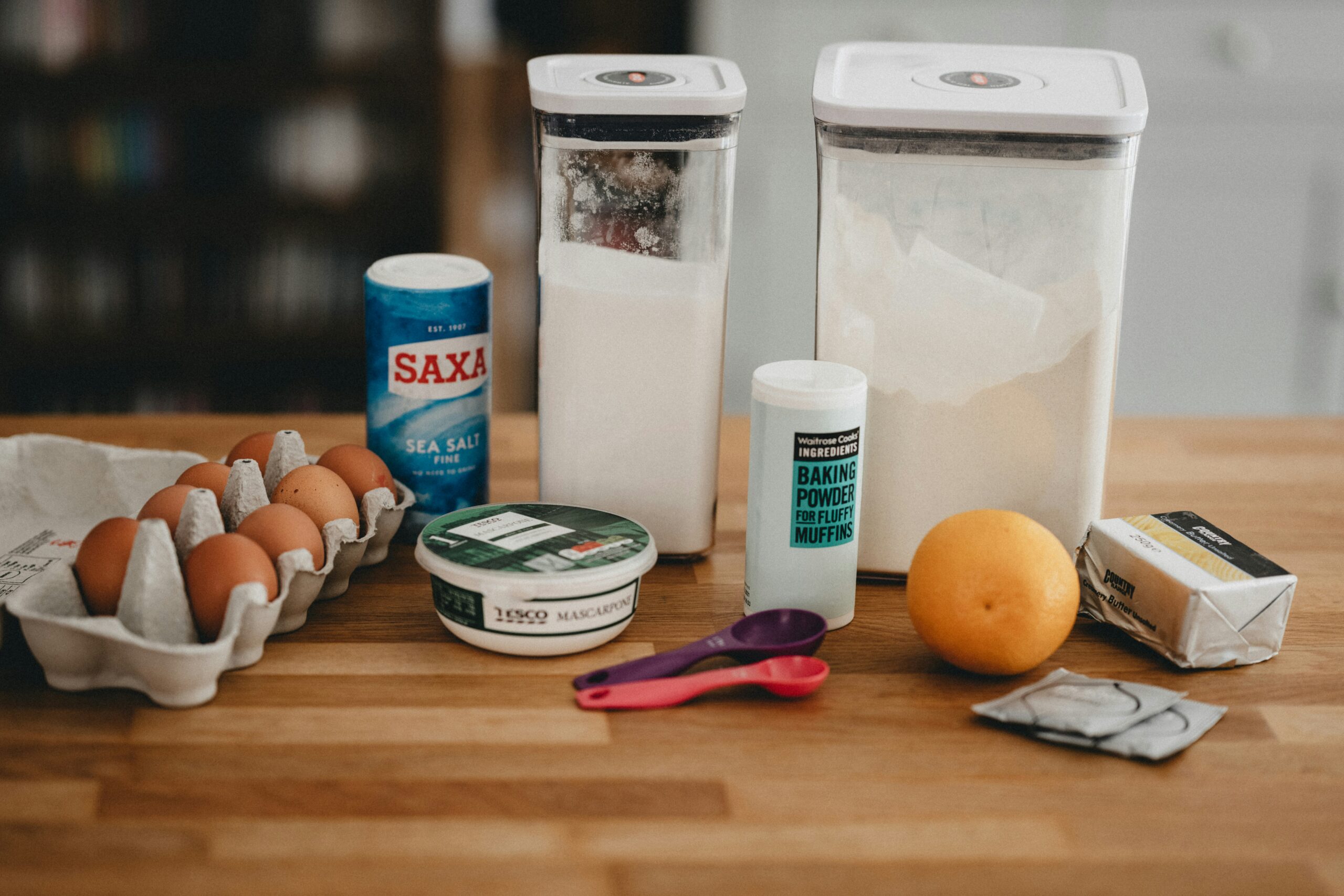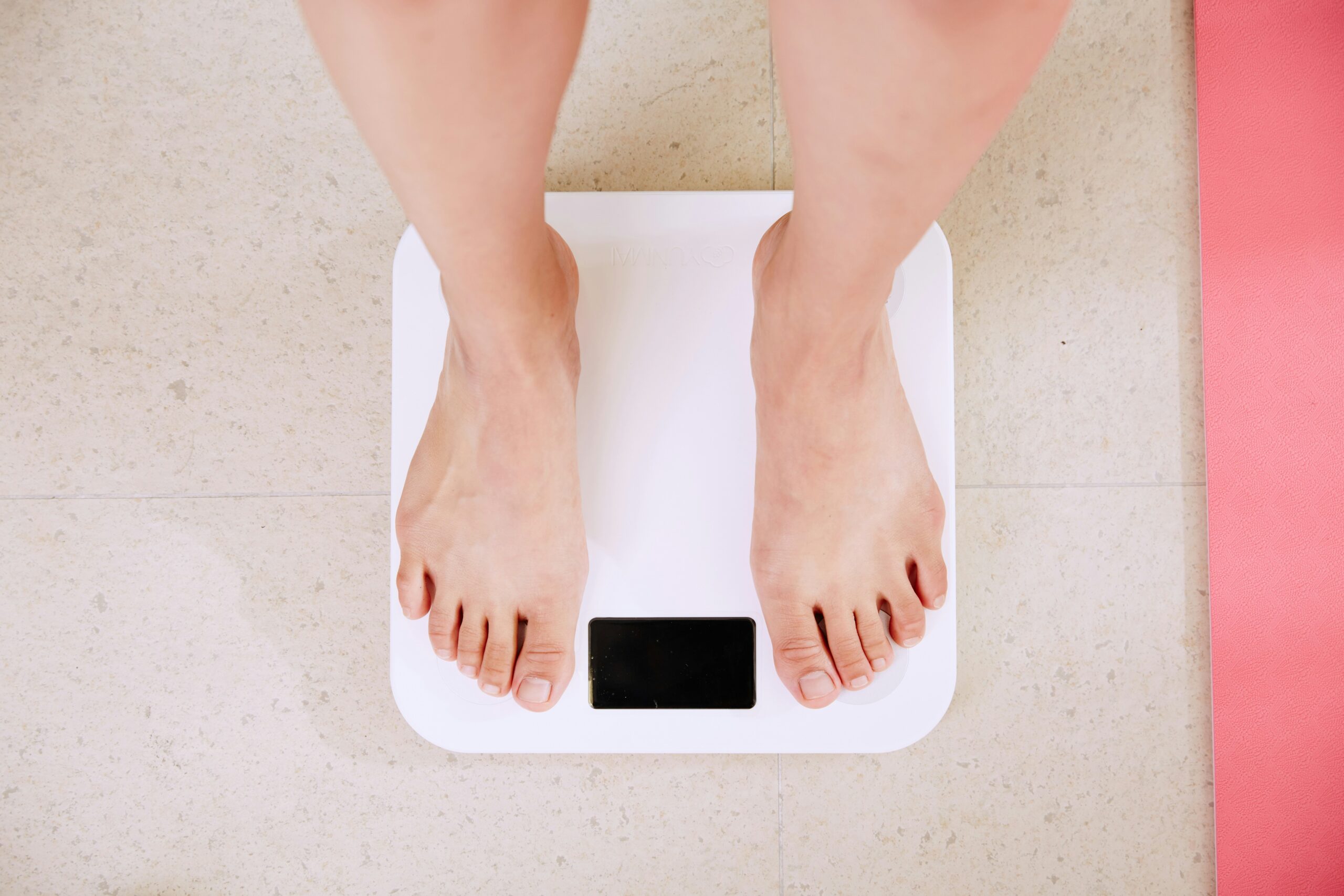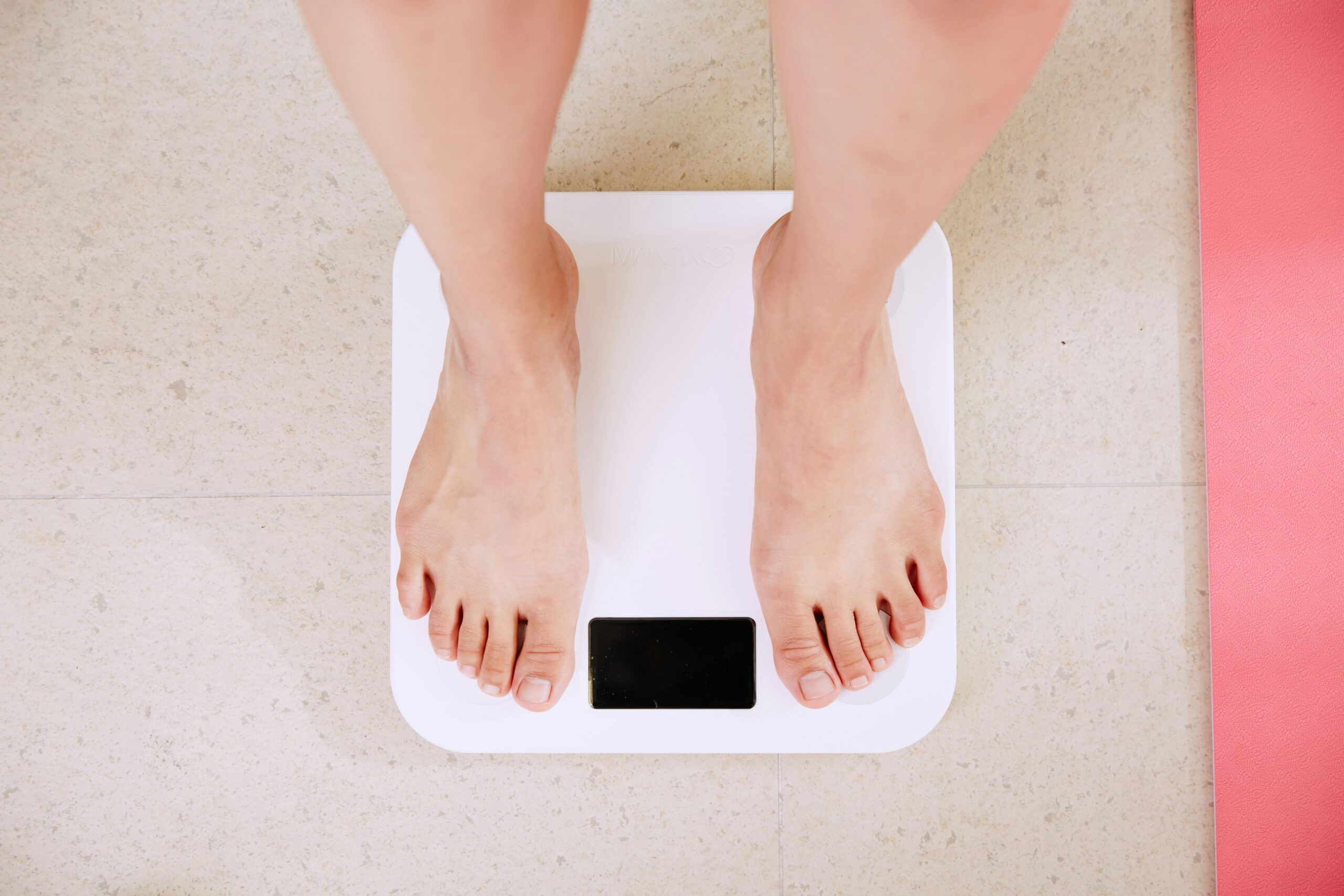How Exercise Reduces Your Cholesterol

Cholesterol is a waxy substance found in your blood that is essential for various bodily functions. However, high levels of cholesterol can increase the risk of heart disease and other health issues. Fortunately, regular exercise has been shown to effectively reduce cholesterol levels and improve overall cardiovascular health. In this article, we will explore the numerous ways in which exercise can help lower your cholesterol.
Understanding Cholesterol
Before we dive into the benefits of exercise, it’s important to understand the different types of cholesterol. There are two main types: LDL (low-density lipoprotein) and HDL (high-density lipoprotein). LDL cholesterol is often referred to as “bad” cholesterol, as it can build up in the arteries and lead to blockages. On the other hand, HDL cholesterol is known as “good” cholesterol, as it helps remove LDL cholesterol from the bloodstream.
High levels of LDL cholesterol and low levels of HDL cholesterol can increase the risk of heart disease. Exercise can help balance these levels and promote a healthier cholesterol profile.
1. Exercise Increases HDL Cholesterol
Regular physical activity has been shown to increase the levels of HDL cholesterol in the blood. This is beneficial because HDL cholesterol helps remove LDL cholesterol from the arteries, reducing the risk of plaque buildup and blockages. Aim for at least 30 minutes of moderate-intensity exercise, such as brisk walking or cycling, on most days of the week to boost your HDL cholesterol levels.
In addition to increasing HDL cholesterol, exercise also improves the function of HDL particles, making them more efficient at removing LDL cholesterol from the bloodstream.
2. Exercise Helps Lower LDL Cholesterol
Not only does exercise increase the levels of beneficial HDL cholesterol, but it also helps lower LDL cholesterol. Regular physical activity stimulates enzymes in the liver that break down LDL cholesterol and remove it from the body. This process reduces the amount of LDL cholesterol circulating in the bloodstream and decreases the risk of plaque formation.
Engaging in aerobic exercises, such as running, swimming, or dancing, can have a significant impact on reducing LDL cholesterol levels. Aim for at least 150 minutes of moderate-intensity aerobic activity each week to reap the cholesterol-lowering benefits.
3. Exercise Promotes Weight Loss
Being overweight or obese is often associated with high cholesterol levels. Regular exercise plays a crucial role in weight management and can help shed excess pounds. When you engage in physical activity, your body burns calories, which can lead to weight loss.
Weight loss, especially around the abdominal area, has been shown to have a positive effect on cholesterol levels. Losing just 5-10% of your body weight can significantly improve your cholesterol profile. Combine aerobic exercises with strength training to maximize weight loss and cholesterol reduction.
4. Exercise Reduces Triglyceride Levels
Triglycerides are another type of fat found in the blood. High levels of triglycerides are often associated with high LDL cholesterol and low HDL cholesterol, increasing the risk of heart disease. Regular exercise can help lower triglyceride levels and improve overall lipid profile.
Engaging in moderate-intensity aerobic exercises, such as jogging or cycling, can effectively reduce triglyceride levels. Aim for at least 150 minutes of aerobic activity per week to experience the triglyceride-lowering benefits.
5. Exercise Improves Insulin Sensitivity
Insulin resistance is a condition in which the body’s cells become less responsive to the effects of insulin. This can lead to high blood sugar levels and an increased risk of developing type 2 diabetes. Insulin resistance is often associated with high cholesterol levels.
Regular exercise improves insulin sensitivity, allowing your cells to effectively use insulin and regulate blood sugar levels. By improving insulin sensitivity, exercise indirectly contributes to lower cholesterol levels and reduces the risk of developing diabetes.
Conclusion
Exercise is a powerful tool for reducing cholesterol levels and improving overall cardiovascular health. By increasing HDL cholesterol, lowering LDL cholesterol, promoting weight loss, reducing triglyceride levels, and improving insulin sensitivity, exercise offers a comprehensive approach to managing cholesterol.
Incorporate at least 150 minutes of moderate-intensity aerobic activity and strength training into your weekly routine to reap the full benefits. Remember, consistency is key, so make exercise a regular part of your lifestyle to maintain healthy cholesterol levels and reduce the risk of heart disease.


